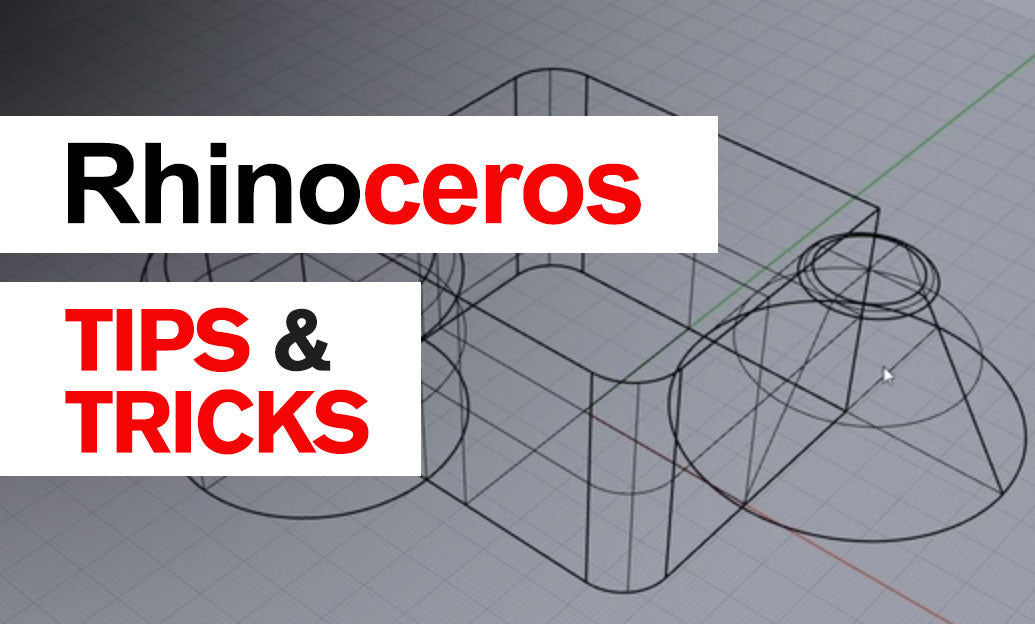Your Cart is Empty
Customer Testimonials
-
"Great customer service. The folks at Novedge were super helpful in navigating a somewhat complicated order including software upgrades and serial numbers in various stages of inactivity. They were friendly and helpful throughout the process.."
Ruben Ruckmark
"Quick & very helpful. We have been using Novedge for years and are very happy with their quick service when we need to make a purchase and excellent support resolving any issues."
Will Woodson
"Scott is the best. He reminds me about subscriptions dates, guides me in the correct direction for updates. He always responds promptly to me. He is literally the reason I continue to work with Novedge and will do so in the future."
Edward Mchugh
"Calvin Lok is “the man”. After my purchase of Sketchup 2021, he called me and provided step-by-step instructions to ease me through difficulties I was having with the setup of my new software."
Mike Borzage
Harnessing VR and AR for Revolutionary Architectural Visualization and Design
September 18, 2024 3 min read


Introduction to VR and AR in Architectural Visualization
The advent of virtual reality (VR) and augmented reality (AR) technologies has significantly altered the landscape of various industries, including architecture. VR, which immerses users in a fully virtual environment, and AR, which overlays virtual elements onto the real world, have evolved from niche technologies to essential tools in architectural visualization.
Traditional methods of architectural visualization, such as physical models and 2D drawings, have served the industry for decades. However, these methods come with limitations, including the inability to fully convey the spatial experience of a design. VR and AR have emerged as powerful alternatives, providing more immersive and interactive visual experiences.
The Technological Impact of VR and AR on Architectural Design
One of the most significant benefits of VR in architecture is its ability to provide immersive design experiences. By allowing architects and clients to virtually walk through a building before it is constructed, VR ensures a better understanding of the spatial dynamics, lighting, and overall feel of the design. This immersive experience can reveal potential design flaws and areas for improvement, which might not be apparent in traditional 2D plans or scale models.
AR technology plays an equally transformative role by enabling architects to overlay digital models onto real-world environments. This capability enhances client collaboration by making design presentations more interactive and engaging. Clients can visualize how a proposed structure will integrate with its surroundings, facilitating more informed decision-making and quicker approvals.
Both VR and AR technologies allow for a higher level of precision and detail in architectural visualizations. High-fidelity visualizations can significantly impact project approvals and stakeholder buy-in, as they offer a more accurate representation of the final outcome. This precision helps minimize misunderstandings and ensures that all parties have a clear and consistent vision of the project.
Practical Applications and Tools
Several VR and AR software solutions have been developed specifically for architectural visualization. These tools integrate seamlessly with existing CAD (Computer-Aided Design) and BIM (Building Information Modeling) software, enabling architects to create immersive environments without altering their existing workflows. Some of the leading VR and AR tools in this space include:
- Unreal Engine
- Unity
- Autodesk Revit with Enscape
- SketchUp with VRay
Integrating VR and AR into the architectural design workflow involves several steps, starting from the initial design phase to the final client presentation. While the incorporation of these technologies presents some challenges, such as the need for specialized hardware and software training, the benefits far outweigh the obstacles. Solutions to these challenges include investing in user-friendly tools and providing training sessions for design teams.
Future Trends and Innovations in VR and AR for Architecture
The future of VR and AR in architecture looks promising, with several emerging technologies set to further revolutionize the field. Advances in VR and AR hardware, such as more powerful headsets and improved sensors, are expected to enhance the user experience by providing higher resolution displays and more accurate motion tracking. Additionally, the integration of artificial intelligence (AI) and machine learning into VR and AR tools promises to offer smarter and more intuitive design solutions.
As these technologies evolve, they are likely to shape future architectural standards and practices. The importance of VR and AR certifications and training is growing, as architects need to stay updated with the latest advancements to remain competitive. Furthermore, VR and AR can contribute to more sustainable architectural practices by allowing for detailed simulations and analyses, which can help reduce waste and improve efficiency.
In terms of sustainability, VR and AR can play a critical role in promoting eco-friendly design practices. By providing detailed visualizations and simulations, these technologies enable architects to optimize their designs for energy efficiency and environmental impact. This emphasis on sustainability is expected to grow, making VR and AR essential tools in the pursuit of greener architecture.
Conclusion
In summary, VR and AR have the potential to significantly transform architectural visualization. These technologies offer immersive design experiences, enhanced client collaboration, and high levels of precision and detail, which can lead to more informed decision-making and quicker project approvals. As VR and AR tools continue to evolve, they will likely shape future architectural standards and practices, promoting sustainability and efficiency in the industry.
Architects and designers are encouraged to explore and adopt VR and AR technologies to stay ahead in the competitive landscape. The potential of VR and AR to revolutionize the architecture industry is immense, and those who embrace these advancements will be well-positioned to lead the way in innovative and sustainable design practices.
Also in Design News

Rhino 3D Tip: Understanding Surface and Solid Modeling in Rhino for Enhanced Workflow Efficiency
August 30, 2025 3 min read
Read More
Unlocking Advanced Animation Techniques: Five Studio-Proven Tricks to Elevate Your 3ds Max Workflow
August 30, 2025 6 min read
Read MoreSubscribe
Sign up to get the latest on sales, new releases and more …



